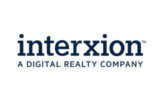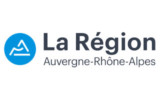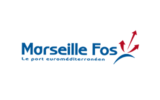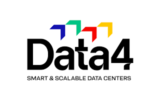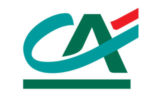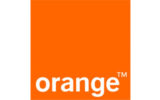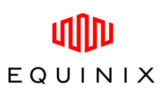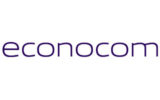IT rooms: development, renovation, renewal or outsourcing?
A growing business, new technologies, improved state of the art, or just aging infrastructures: there are many reasons why companies may be obliged to consider the question of the future of their IT rooms. What scenarios should be envisaged? How should the priorities be determined? Using which assessment criteria?
Assessing server rooms: many criteria must be objectified
Despite the fact that future needs may be planned for at design stage, it can be the case that, after some time has elapsed, an IT room may no longer be able to meet its users’ requirements. The increasing pace of digital transformation over recent years, which has led to changes in usage and changed requirements, combined with technological and hardware developments, are factors which are tending to accelerate this kind of mismatch.
To take steps to make the data center adapt as requirements change, an objective assessment of the IT room must be undertaken regularly. And this is not always straightforward, since data centers are complex environments due to the large number of technical units they contain, and their interdependencies. But also because they are situated at a point of intersection between the services of the DSI [Information Systems Division] and those of property management.
The aim is, in particular, to measure the respective degrees of obsolescence of the facilities (electrical, climatic and security), but also the data center’s overall load. And this does not always mean that centers are found to be overloaded: with the development of IT facilities or the outsourcing of certain digital services to the Cloud, for example, IT rooms can, on the contrary, become over-dimensioned over time.
Simultaneously, the reliability of the room (resilience of electrical power and cooling of the servers), and its physical security (protection against malicious acts and incidents) and its environment (positioning of the site, location within the building, etc.) are also criteria which must be taken into account when assessing an IT room.
Finally, operational organization, maintenance contracts and, naturally, energy efficiency, also play their part in the analysis which must be made to obtain an exhaustive view of the state of an IT room.
Definition of priorities: requirements, constraints and company strategy
When this survey has been made, the aim is to analyze and to define the company’s requirements and constraints in terms of IT production. Which involves, firstly, continuity of service: what are the availability requirements, and for what part of the IS? And also, what backup strategy should be used: backup, PRA [business continuity plan], or PCA? After that, the question of capacities is usually crucial: it implies a certain anticipation, without exaggeration, to prevent the risk of over-dimensioning, which leads to over-investment and an increased environmental footprint.
Other organizational elements also come into play: financial strategy (CAPEX/OPEX), RSE [corporate social responsibility] strategy, available internal resources, etc. For all this data, accuracy as much as exhaustiveness are essential, in order that the least possible space is left for interpretation.
Between the existing system and requirements, the discrepancy measurements then enable the associated risk levels to be assessed, particularly if the company is subject to obligations, whether or not sector-related (GDPR, HDS, PCI-DSS, etc.), or is subject to certifications or codes and standards (ISO 27001, 14001 or 50001, Uptime Institute, Code of Conduct for Data Centres, etc.). Any observed discrepancies enable priorities for action to be established, and “quick wins” to be identified, enabling, with limited investment, a major risk for the integrity of the IS or for continuity of service to be resolved.
The three major scenarios: renovation, new room or outsourcing
Depending on the results of the analysis, which delivers precise and complete knowledge of the level of an installation, there are several conceivable scenarios. The most traditional is renovation of the existing room. Although this solution obviously enables the value of the investments and implementation times to be kept to a minimum, the question of the durability of these investments must be taken into account. And the limits imposed by the existing system and constraints relating to intervention in a room in production are not trivial factors.
The second option consists in starting from scratch, and building or developing a new servers room compliant with the state of the art, including in terms of energy efficiency, and which is suitable for immediate and future requirements. However, this scenario requires major investments (plan, decommissioning, change of location, etc.), and usually implies substantial implementation times.
Finally, the third possibility is partial or total outsourcing of the data center infrastructure. In this case, delegation of operation, and of the risks and responsibilities, can be an opportunity for the company. But the initial costs (plan, decommissioning, change of location), associated with the recurrent costs (OPEX) under a binding contract which it will be necessary to manage, must not be overlooked when considering this option.
In conclusion, in the same way that no company is identical to another, and no information system is monolithic, there are as many solutions for upgrading IT hosting as there are organizations. And each can, also, make different choices depending on the scope of the system in question. To reach a high level of understanding, and to make the right choices, relying on neutral and objective feedback is often a satisfactory solution. The aim above all is, in each case, to anticipate in order to avoid having to make poor choices in a hurry.
-By Sébastien Ollier, data centers consultancy and engineering director, and Marine Cetina, sales engineer for France and Switzerland, APL





